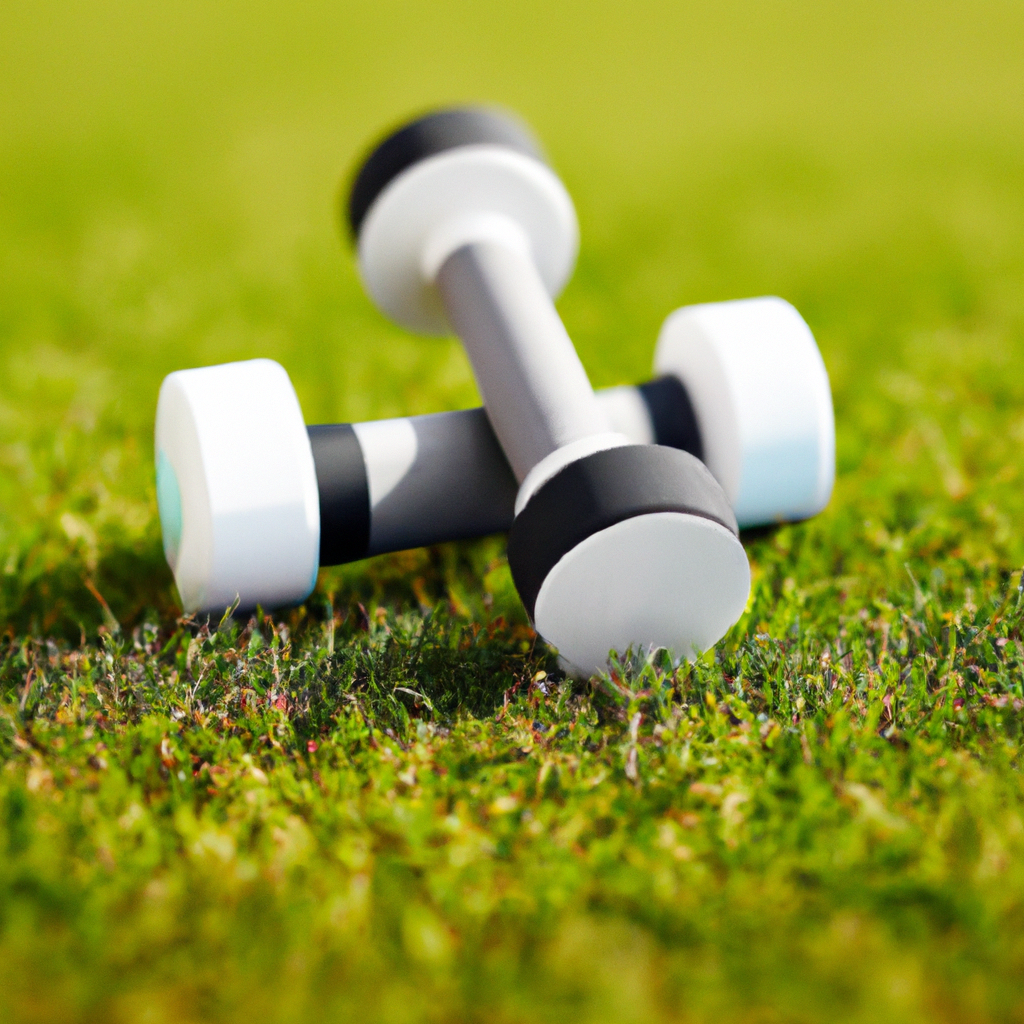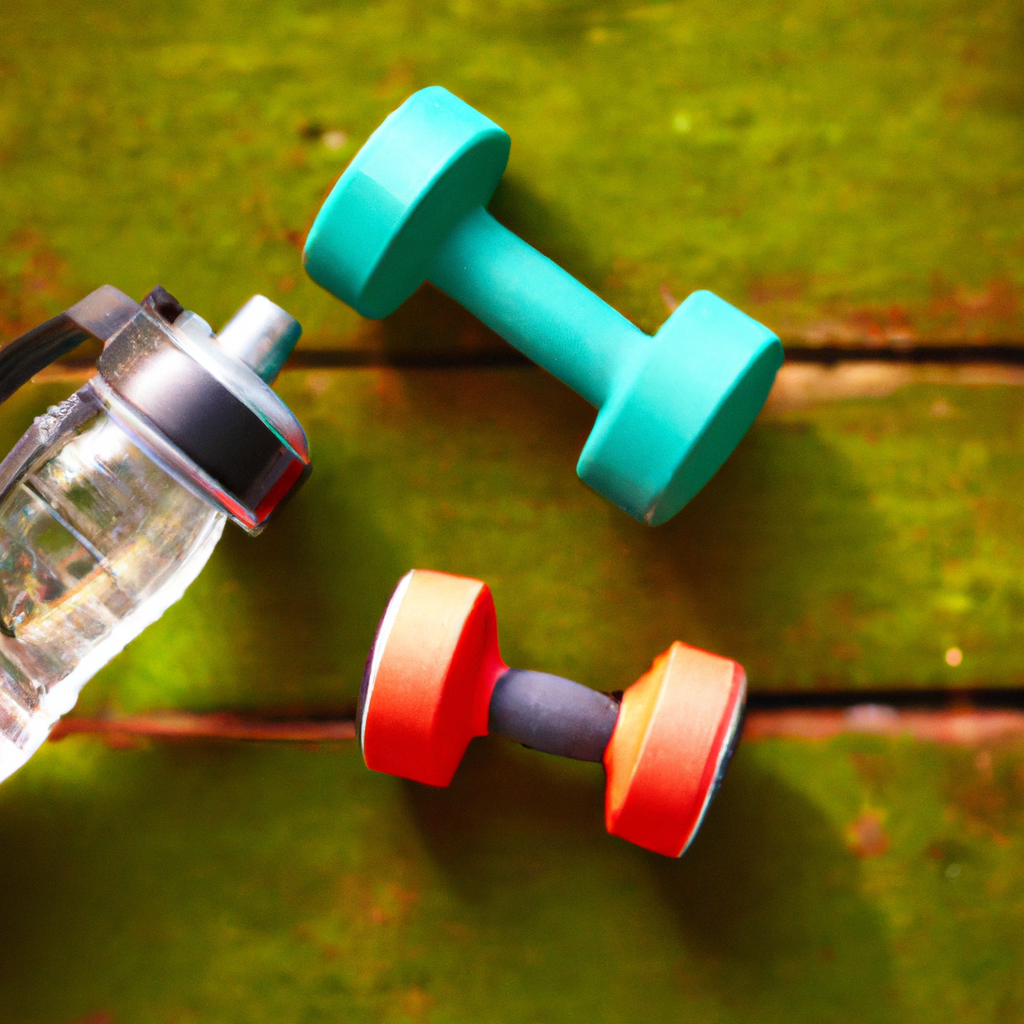So you want to stay fit and healthy, but don’t have access to a gym? Don’t worry, because you can still achieve your fitness goals by building a workout routine without a gym. In this article, we will explore a variety of exercises and strategies that you can incorporate into your daily life to stay active and maintain a healthy lifestyle without the need for expensive gym memberships or fancy exercise equipment. Whether you’re new to fitness or a seasoned athlete, this article will provide you with effective tips and tricks to help you create a workout routine that suits your needs and helps you stay in shape.
Understanding Your Goals
Identifying fitness goals
Before you start building your workout routine, it’s important to identify your fitness goals. What do you want to achieve through exercise? Are you looking to lose weight, gain muscle, improve endurance, or simply stay active and healthy? By clearly defining your goals, you can tailor your workout routine to align with what you want to accomplish.
Setting achievable targets
Once you have identified your fitness goals, it’s crucial to set achievable targets. Setting realistic and attainable targets not only helps you stay motivated but also prevents the risk of injury or burnout. Start by breaking down your overall goal into smaller milestones that you can work towards. For example, if your goal is to lose 20 pounds, you can set a target of losing 1-2 pounds per week. Setting achievable targets allows you to track your progress and celebrate your accomplishments along the way.
Closing the gap between current fitness level and goals
To build an effective workout routine, it’s important to close the gap between your current fitness level and your goals. Assess where you are currently in terms of strength, endurance, and flexibility. This self-evaluation will help you determine what areas of fitness you need to focus on. By understanding where you are starting from, you can create a plan to gradually improve and get closer to your desired fitness level.
Importance of Warm-up and Cool-down
Benefits of a proper warm-up
Before diving into your workout, taking the time to properly warm up is essential. A warm-up routine prepares your body for the upcoming physical activity by gradually increasing your heart rate, loosening up your muscles, and improving blood circulation. This not only helps to prevent injuries but also enhances your performance during the workout. A proper warm-up can also mentally prepare you for the workout, priming your focus and motivation.
Effective warm-up exercises
To warm up effectively, you can incorporate dynamic stretches, such as arm circles, leg swings, and hip rotations. These exercises engage multiple muscle groups and joints, increasing their range of motion. Light cardio activities like jogging or jumping jacks can also be included in your warm-up routine. Aim for around 5-10 minutes of warm-up exercises to adequately prepare your body for the workout ahead.
Proper cool-down techniques and its benefits
Just as a warm-up is important, so is a cool-down after your workout. A cool-down routine allows your heart rate and breathing to return to normal gradually. It also helps to prevent venous pooling (the accumulation of blood in your limbs) and aids in the removal of metabolic waste products from your muscles. Cooling down can include static stretches, such as quadriceps stretches, hamstring stretches, and shoulder stretches. This helps to improve flexibility and reduce muscle soreness post-workout.
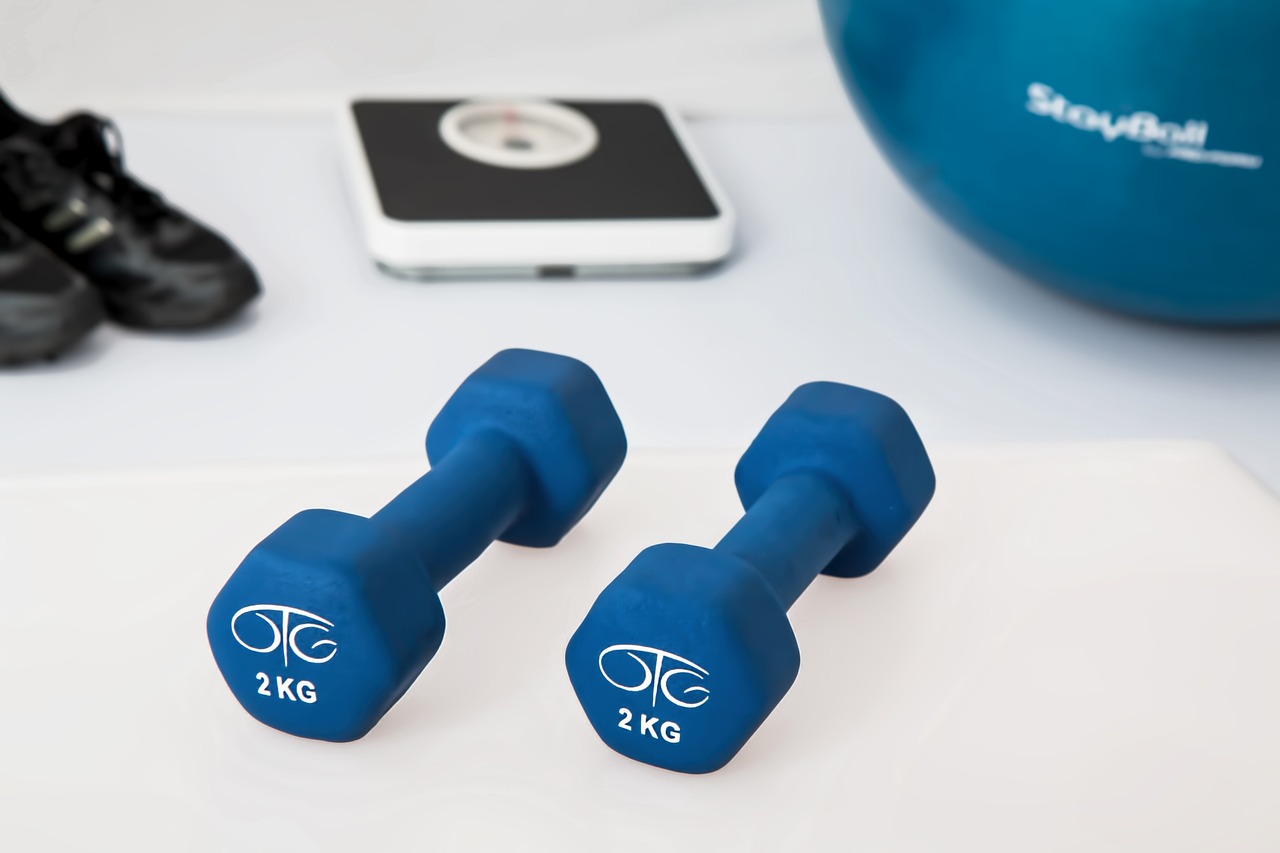
This image is property of pixabay.com.
Creating a Balanced Workout Routine
Ensuring workout variety
To keep your workout routine interesting and prevent plateauing, it’s crucial to incorporate variety. Including a mix of different exercises and workout modalities keeps your body challenged and engaged. You can alternate between strength training, cardio workouts, flexibility exercises, and even active recovery days. By introducing variety, you not only target different muscle groups but also prevent overuse injuries and boredom.
Balancing strength, flexibility, and aerobic exercises
An effective workout routine should include a balance of strength, flexibility, and aerobic exercises. Strength training helps to build muscle mass, increase strength, and improve overall body composition. Flexibility exercises, such as yoga or Pilates, enhance joint mobility and prevent muscle imbalances. Aerobic exercises, like running or cycling, improve cardiovascular fitness, burn calories, and boost your endurance. By incorporating all three components into your routine, you achieve a well-rounded approach to fitness.
Identifying workout frequency
When structuring your workout routine, it is important to determine the appropriate workout frequency for your goals and lifestyle. The American College of Sports Medicine recommends adults aim for at least 150 minutes of moderate-intensity aerobic exercise or 75 minutes of vigorous-intensity aerobic exercise per week. Additionally, adults should include strength training exercises at least two days a week, targeting major muscle groups. However, the frequency and duration of your workouts can be adjusted based on your fitness goals, time availability, and recovery ability.
Bodyweight Exercises
Benefits of bodyweight exercises
Bodyweight exercises are a great addition to any workout routine, particularly if you don’t have access to gym equipment. These exercises utilize your body weight as resistance and can be done anywhere, making them convenient and cost-effective. Bodyweight exercises are also effective in improving overall strength, muscle tone, and stability. They can be modified to suit different fitness levels and target specific muscle groups.
Examples of bodyweight exercises and proper techniques
There are numerous bodyweight exercises you can incorporate into your routine. Some examples include push-ups, squats, lunges, planks, and burpees. Push-ups target the upper body, particularly the chest, shoulders, and triceps. Squats and lunges engage the lower body, activating muscles in the legs and glutes. Planks work the core muscles, including the abdominals and lower back. Burpees are a full-body exercise that combines strength, cardio, and coordination. When performing bodyweight exercises, proper form and technique are crucial to maximize effectiveness and prevent injuries.
Progressing with bodyweight exercises
Once you have mastered the basics of bodyweight exercises, you can progress by increasing the intensity or difficulty level. This can be done by adding variations or increasing the number of repetitions and sets. For example, you can try decline push-ups, pistol squats, or jumping lunges to challenge your muscles further. Alternatively, you can incorporate circuit training, where you perform multiple bodyweight exercises with minimal rest in between. Progressing with bodyweight exercises keeps your workouts challenging and helps you continue to improve your strength and fitness levels.

This image is property of pixabay.com.
Aerobic Workout At Home
Explaining aerobic exercise
Aerobic exercise, also known as cardiovascular exercise, involves activities that increase your heart rate and breathing rate. These exercises primarily target the cardiovascular system and help to improve lung capacity, strengthen the heart, and boost endurance. Aerobic workouts are an excellent way to burn calories and maintain a healthy weight. They also release endorphins, which improve mood and reduce stress.
List of aerobic exercises that can be done at home
You don’t need a gym or fancy equipment to perform aerobic exercises. There are plenty of options for aerobic workouts that you can do in the comfort of your own home. Here are some examples:
- Jumping jacks: A classic exercise that raises your heart rate and engages multiple muscle groups.
- High knees: Jogging in place while lifting your knees as high as possible.
- Jump rope: An inexpensive and effective cardio exercise that strengthens your legs and improves coordination.
- Dance workouts: Follow along with online dance tutorials or dance to your favorite music to get your heart pumping.
- Mountain climbers: Start in a push-up position and alternate bringing your knees towards your chest.
- Stair climbing: Utilize the stairs in your home to perform step-ups or climb up and down repeatedly.
Tips to maximize aerobic workouts
To maximize your aerobic workouts at home, consider the following tips:
- Choose exercises that you enjoy: This will make your workouts more enjoyable and sustainable.
- Set goals and track progress: Whether it’s increasing workout duration or improving speed, having specific goals keeps you motivated.
- Incorporate interval training: Alternating between high-intensity and low-intensity exercises boosts calorie burn and improves cardiovascular fitness.
- Stay hydrated: Drink water before, during, and after your workout to maintain adequate hydration levels.
- Use technology: There are plenty of fitness apps, YouTube videos, or virtual classes that can provide guidance and structure to your workouts.
Strength Training Without Weights
Understanding strength training
Strength training involves exercises that target specific muscle groups and aim to increase muscle strength, endurance, and power. While traditional strength training often involves weights or resistance machines, it is possible to build strength without them. Bodyweight exercises, resistance bands, and household objects can be used as effective alternatives to traditional equipment.
Methods for strength training without weights
When strength training without weights, bodyweight exercises are your best friend. Push-ups, squats, lunges, planks, and tricep dips are just a few examples of exercises that allow you to challenge your muscles without the need for weights. Additionally, resistance bands can be incorporated into your routine to provide external resistance and increase the difficulty of certain movements. Household objects like water jugs, backpacks filled with books, or cans of food can also serve as makeshift weights, adding resistance to your exercises.
Progressing with non-weighted strength training
As you become stronger and more comfortable with non-weighted strength training exercises, you can progress by increasing the difficulty or intensity. This can be achieved by adding more repetitions, sets, or time under tension (slowing down the movement). You can also experiment with different variations or more challenging bodyweight exercises, such as pistol squats, single-leg push-ups, or handstand push-ups. Additionally, utilizing resistance bands with higher resistance levels or increasing the weight of your household objects can further challenge your muscles.
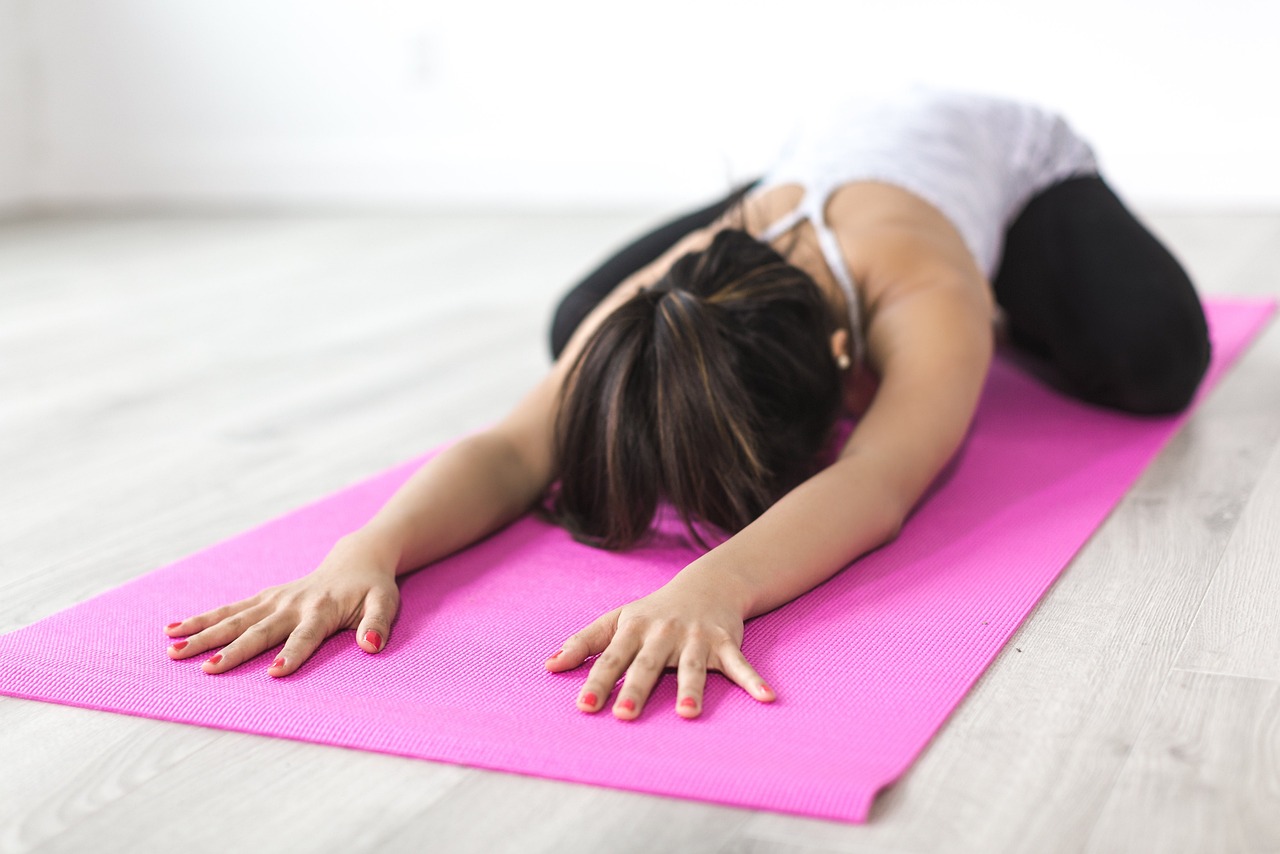
This image is property of pixabay.com.
Incorporating flexibility and balance
Importance of flexibility and balance
In addition to strength and cardiovascular fitness, flexibility and balance are essential components of overall fitness. Flexibility refers to the range of motion in your joints and the ability of your muscles to lengthen and stretch. It helps to prevent injuries, improve posture, and enhance athletic performance. Balance, on the other hand, is the ability to maintain control and stability during movement. It is crucial for everyday activities and reduces the risk of falls and injuries, especially as we age.
Stretching exercises for flexibility
Incorporating stretching exercises into your routine can improve flexibility and joint mobility. Dynamic stretching, which involves moving parts of your body through a full range of motion, is an effective way to warm up while stretching. Examples include arm circles, leg swings, and torso rotations. Static stretching, where you hold a stretch for 15-30 seconds, can be done after your workout to improve overall flexibility. Focus on major muscle groups, such as hamstrings, quadriceps, calves, shoulders, and chest, when performing static stretches.
Exercises to improve balance
To enhance your balance, there are specific exercises that target your stability and proprioception (awareness of your body’s position in space). Some exercises to improve balance include single-leg stands, heel-to-toe walk, and yoga poses like tree pose and warrior III. Incorporating balance training into your routine not only helps prevent falls and injuries but also improves core strength and overall body control.
Importance of Rest and Recovery
Understanding the role of rest in fitness
Rest and recovery are often overlooked but are crucial components of any workout routine. When you exercise, you are causing micro-tears in your muscles that need time to repair and rebuild stronger. Rest allows your body to recover from the physical stress of exercise, preventing overtraining and the risk of injury. It also helps to replenish energy stores and improve overall performance. Without proper rest, your progress may plateau, and you may experience symptoms of fatigue or burnout.
Recognizing signs of overtraining
Overtraining can have negative effects on both your physical and mental well-being. It is important to recognize the signs and symptoms to prevent further damage. Some common signs of overtraining include persistent muscle soreness, decreased performance, frequent illnesses, insomnia, loss of appetite, and irritability. If you notice any of these signs, it’s crucial to take a step back, reassess your routine, and prioritize rest and recovery.
Methods for improving recovery
There are several methods you can incorporate into your routine to enhance recovery and promote optimal performance:
- Get enough sleep: Aim for 7-9 hours of quality sleep each night to allow your body to repair and regenerate.
- Practice active recovery: Engage in low-intensity activities like walking, stretching, or yoga on rest days to promote blood flow and alleviate muscle soreness.
- Incorporate foam rolling or self-myofascial release: Using a foam roller or massage tools can help release tension in your muscles and improve range of motion.
- Stay hydrated: Drink plenty of water throughout the day to support muscle function and recovery.
- Prioritize nutrition: Consume a well-balanced diet with a focus on lean proteins, whole grains, fruits, and vegetables to provide the necessary nutrients for muscle repair.
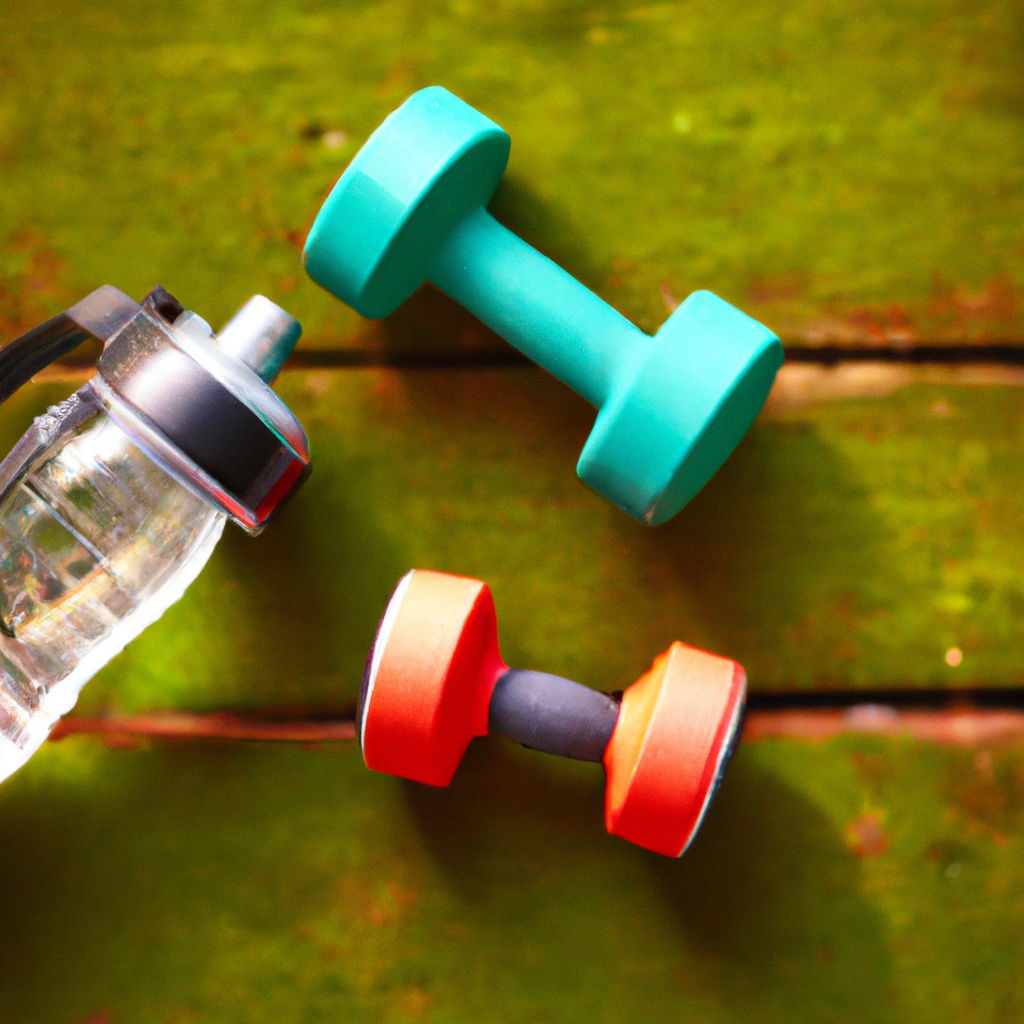
Nutrition and Hydration
Role of nutrition in fitness
Proper nutrition plays a vital role in fueling your workouts, promoting recovery, and optimizing your overall fitness. When you exercise, your body requires energy in the form of calories to perform the physical activity. The food you consume provides the necessary macronutrients (carbohydrates, proteins, and fats) and micronutrients (vitamins, minerals) to support your fitness goals. A well-rounded and balanced diet is essential for maintaining a healthy weight, building muscle, and improving athletic performance.
Essential nutrients for muscle recovery
Muscle recovery relies on adequate nutrient intake, particularly protein. Protein is responsible for rebuilding and repairing muscle tissue after exercise. Aim for a protein-rich diet that includes lean meats, poultry, fish, eggs, dairy products, beans, legumes, and plant-based protein sources like tofu or tempeh. Additionally, complex carbohydrates provide the fuel needed for workouts and aid in replenishing glycogen stores. Include whole grains, fruits, vegetables, and beans to ensure a steady supply of energy. Healthy fats, such as avocados, nuts, and olive oil, are also important for overall health and provide essential fatty acids.
Importance of staying hydrated
Hydration is crucial for maintaining proper bodily functions and optimizing performance during exercise. Water is involved in every chemical reaction in your body and plays a key role in regulating body temperature, transporting nutrients, and removing waste products. Dehydration can lead to decreased physical performance, muscle cramps, fatigue, and impaired cognition. Drink water before, during, and after your workouts to stay adequately hydrated. Depending on your activity level and the climate, you may need to adjust your water intake accordingly.
Tips to Stay Motivated
Setting up a regular schedule
To stay motivated and consistent with your workout routine, setting up a regular schedule is crucial. Identify the best time of day for you to exercise and stick to it. Creating a routine helps to establish a habit and ensures that exercise becomes a priority in your daily life. Whether it’s early morning, during lunch breaks, or after work, find a time that works best for you and make it non-negotiable.
Tracking progress
Tracking your progress allows you to see how far you have come and provides a sense of accomplishment. Set specific goals and record your workouts, noting the exercises, sets, repetitions, and any improvements in performance. You can use a workout journal, a fitness app, or even a simple spreadsheet to track your progress. Celebrate small victories along the way, as these milestones can boost your motivation and keep you engaged in your fitness journey.
Staying motivated during challenging intervals
It’s natural to experience periods of low motivation or face challenges along your fitness journey. During these times, it’s important to stay positive and find ways to stay motivated. One effective strategy is to switch up your routine and try new exercises or workout formats. This can keep your workouts exciting and prevent boredom. Additionally, finding a workout buddy or joining fitness communities can provide support, accountability, and opportunities to connect with others who share similar goals. Setting realistic goals and reminding yourself of the reasons why you started can also keep you focused and motivated during challenging intervals.
Building a workout routine without a gym is completely feasible and can yield excellent results. By understanding your goals, incorporating warm-up and cool-down routines, creating a balanced workout routine, incorporating bodyweight exercises, focusing on aerobic workouts, incorporating strength training without weights, incorporating flexibility and balance exercises, prioritizing rest and recovery, paying attention to nutrition and hydration, and staying motivated, you can achieve and maintain your desired level of fitness. So grab a water bottle, put on your favorite workout gear, and get ready to embark on a fitness journey that is tailored to your needs and preferences. Remember, consistency is key, and with the right mindset and determination, you can achieve amazing results right at home.
